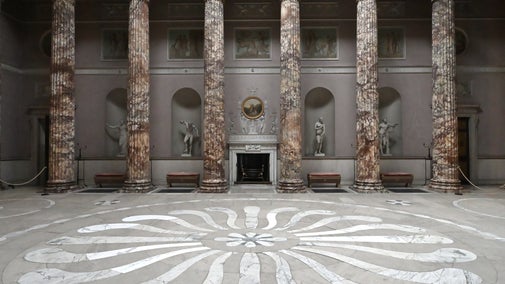Only a month after her arrival in India in 1899, Mary became Chair of the Dufferin Fund, an organisation that enabled female doctors, nurses and midwives to be trained to serve women during pregnancy and illness. This meant women’s health could be supported in a society where religious and cultural sensitivities prevented women from being medically treated by men.
Letters sent back to her family in America record visits to local hospitals in the company of the family’s surgeon Colonel Ernest Fenn, who also served on the Dufferin Fund committee.
Supporting local midwives
While keen to support hospitals, Mary also recognised that some women were reluctant to attend them due to the caste system and the practice of purdah (physical screening of women from men). Instead, she promoted midwives working directly in the community, gaining support from Queen Victoria for this approach.
Following the death of the Queen, Mary established a scholarship programme in the monarch’s name. She soon raised £50,000 from the country’s Princes and Maharanis.
The museum’s sandalwood casket
A beautiful wooden casket, found in the museum at Kedleston, acknowledges one of Mary’s many efforts to support women’s health.
It was presented to her on 10 December 1900 when she the opened the Lady Curzon Female Hospital during a tour of Bangalore in Mysore (now Karnataka). The new hospital included two wards for different castes, a maternity ward and a dispensary for women and children.











